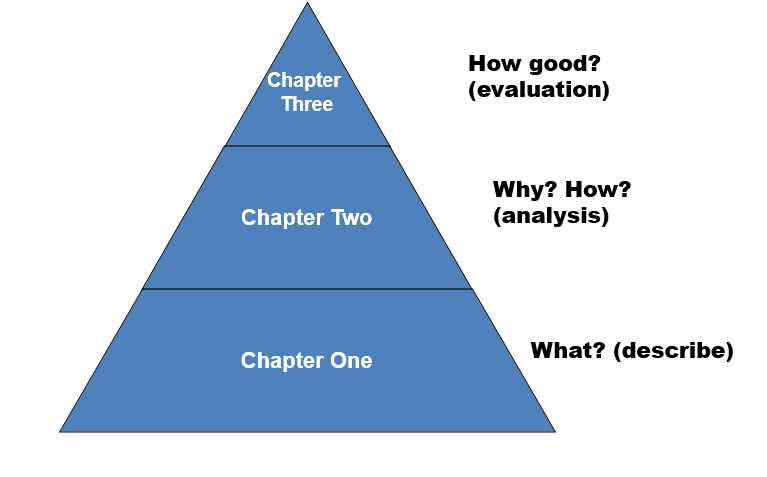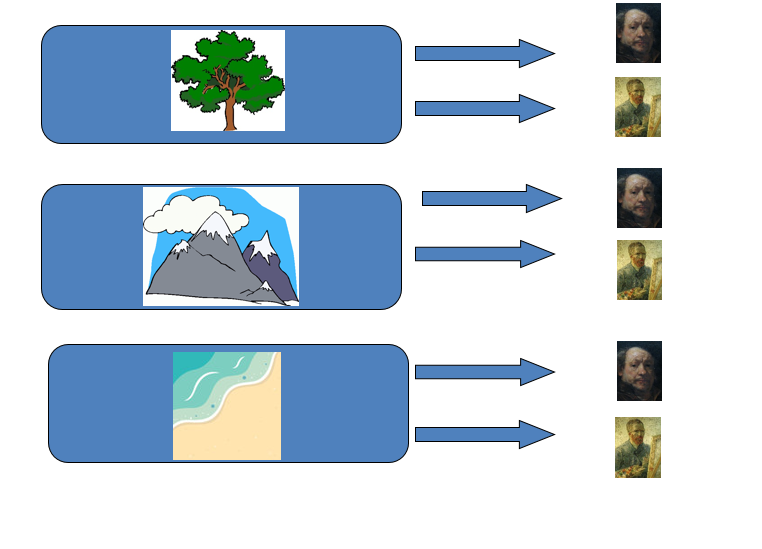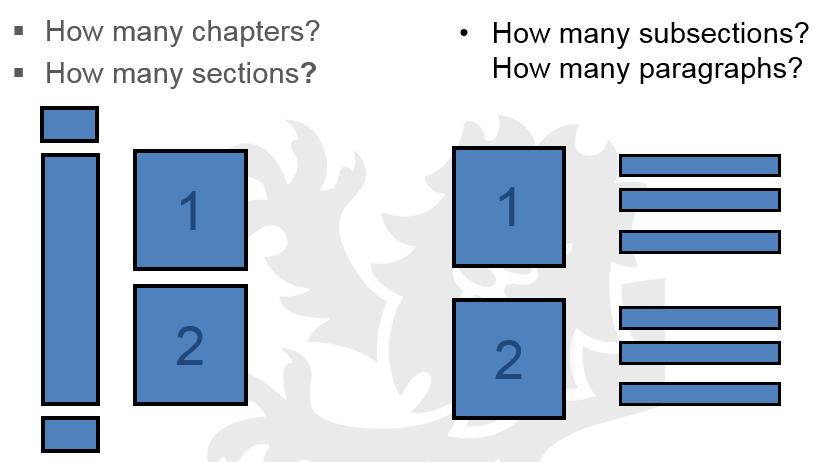Tuesday 29th October is shaping up to be an exciting day for us all here at the Writing Development Centre as it will mark the launch of our brand new ‘…with the WDC’ workshops. What makes the launch even more exciting is that it will introduce a brand new format into our range of provision. For these are workshops with a difference. Instead of spending most of the session sitting listening to one of us speaking, you’ll be able to bring your assignments along and use the time to make progress in a supportive, distraction-free environment. We’ll be on hand to provide you with a structured session, along with strategies and techniques you can try on your own work. You will also have the chance to reflect on and discuss your approach to studying and writing with your peers.
‘…with the WDC’ workshops will take place three times a week in the Writing Development Centre (we’re on Level 2 of the Philip Robinson Library, which is, somewhat confusingly, the entrance level). The sessions will run on a first-come, first-served basis so there’s no need to book; just turn up ready to make progress with your assignments. To do this, you will need to bring your work with you on paper or a fully charged laptop or device given that the sessions will not be taking place in computer cluster.
The sessions we have on offer for you this semester are:
Kickstart Your Assignment … with the WDC!
This session is for everyone who’s ever been given an assignment title and thought: “Where do I start?!” So, yes: this session is for everyone!! We’ll help to make this stage more manageable with a set of activities that will take you through:
- Narrowing the question down and finding ‘an angle’
- Analysing the question/task to work out what markers are looking for
- Planning your reading: considering what to read and how much to read!
Bring your current question/task along and get ready to kickstart your assignment!
This session will take place on:
- Tuesday 29th October: 10am-12pm
- Thursday 7th November: 2pm-4pm
- Tuesday 26th November: 10am-12pm
- Thursday 6th December: 2pm-4pm
Top tip! You may still like to attend this session even if you’ve already started your assignment. Our strategies and techniques can help you double-check that you’re on the right track and producing the best work that you can.
Strategic Reading and Notetaking … with the WDC!
Need to avoid getting swamped by your reading? Don’t fancy becoming a human photocopier? Want to read more critically? This is the session for you, with a set of activities that will take you through:
- Identifying your purpose – what are you reading for? – and the strategy to achieve it Experimenting with critical reading techniques
- Reviewing your current notetaking strategy and experimenting with new ones
- Remember to bring some of the reading for your current assignment! This session will take place on:
- Thursday 31st October: 2pm-4pm
- Tuesday 5th November: 10am-12pm
- Tuesday 12th November: 10am-12pm
- Thursday 28th November: 2pm-4pm
Write Here, Write Now! … with the WDC
Our regular writers’ group is here to:
- Provide you with a supportive, structured, distraction-free environment in which to get some work done
- Help you work towards a clearly defined writing goal for the session – such as drafting a particular section or achieving a specific word count
- Encourage you to reflect on your existing writing process and discuss your practice with peers
- Highlight techniques and strategies that you can use to maintain your writing momentum – and help beat procrastination and writers’ block – beyond the session
You can use Write Here, Write Now! for any writing-related activity, including planning or outlining and editing and revising. Remember to bring your assignment materials and/or devices with you! These sessions will take place every Wednesday from 10am-12pm from 30th October to 11th December.
Editing Your Work … with the WDC!
You’ve got your thoughts down on paper and it all makes sense to you. But could someone else follow your argument? Does the structure flow? Are your points clear? Our editing session comprises a series of activities that will take you through:
- Writing for a reader
- Structuring paragraphs
- Transition and cohesion
- Ensuring relevance: need to know or just nice to know?!
- Unpacking and developing your points
Bring your current assignment and get ready to make it as good as it can be! These sessions will take place on:
- Thursday 14th November: 2pm-4pm
- Tuesday 19th November: 10am-12pm
- Thursday 21st November: 2pm-4pm
Refresh Your Revision Strategies … with the WDC!
How much am I expected to remember?! What are markers really looking for? Why isn’t it going in?! We’ve all been there. Take some of the stress out of exam season with our workshop, which features a set of activities that will take you through:
- Establishing what exams are really testing
- Selecting: what should be in your ‘Store Cupboard of Knowledge’?! (Don’t worry; we’ll explain!)
- Memorising: evaluating your current approaches and considering new ones
- Discussing and comparing revision strategies with peers
Bring your current revision notes along with you!
These sessions will run on:
- Tuesday 10th December: 10am-12pm
- Thursday 12th December: 2pm-4pm. We’ll be running more revision sessions in January, along with sessions for Dissertation students throughout Semester 2.
Keep an eye on our website for further details. We’re really looking forward to launching these workshops and to welcoming you all along. If you have any questions about ‘..with the WDC’ or if you have any suggestions for future workshops you’d like to attend, don’t hesitate to drop us an email at wdc@ncl.ac.uk.






